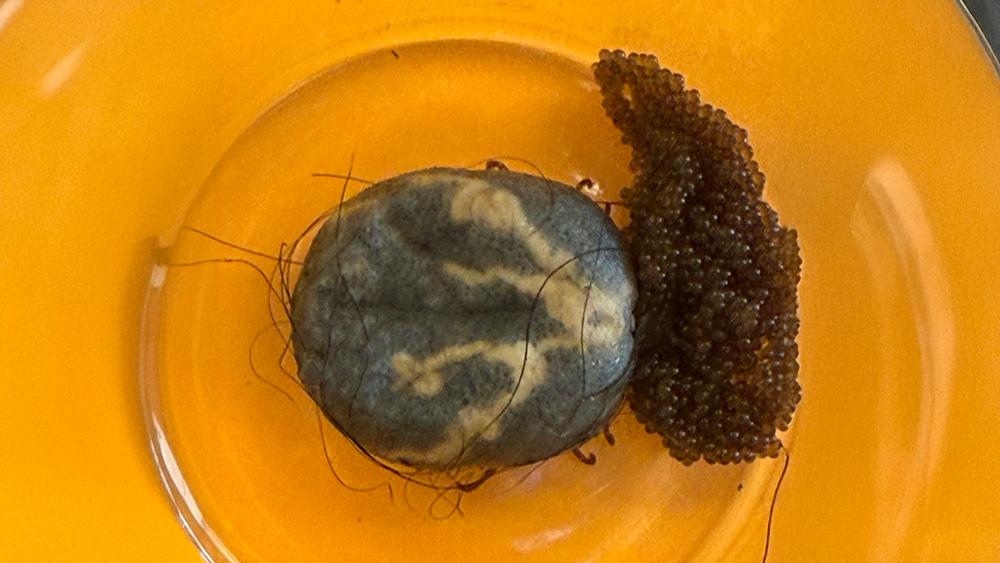Article submitted
By Ryan McGeeney
U of A System Division of Agriculture
RISON, Ark. — A tick-transmitted livestock disease has been confirmed in Cleveland County for the first time, bringing to 11 the number of Arkansas counties with Theileria orientalis detections.
Theileria orientalis is a tick-borne pathogen commonly associated with the Asian longhorned tick — Haemaphysalis longicornis. The pathogen has two genotypes: Ikeda and Chitose. The more harmful of the two genotypes, Ikeda, has been identified in 10 Arkansas counties, two of which have also been confirmed to have Chitose. Lonoke County is currently the only county in the state to have identified the Chitose genotype but not the Ikeda genotype.
David West, Cleveland County agriculture extension agent for the University of Arkansas System Division of Agriculture, said the Aug. 7 positive test result for the Ikeda genotype came from the Rowell area. He credited the producer with proactively identifying behavior in his livestock that led to the detection of the pathogen.
“When the producer realized the cattle had been purchased from a county with a high incidence of the Asian Longhorn tick and Theileriosis, he watched the cattle closely,” West said. “Upon noticing symptoms of weight loss and weakness, the producer reached out to learn how to have the cattle tested.”
When a pathogenic infection is suspected, blood samples are sent to a veterinary diagnostic laboratory, such as those at Kansas State University or Iowa State University, for confirmation.
“There has not been a confirmed population of Asian longhorned ticks in the county,” West said.
Theileria orientalis was also detected within the last few months in Benton, Madison and Lonoke counties. Benton and Madison were positive for Ikeda, while Lonoke was positive for Chitose.
Kelly Loftin, extension entomologist for the Division of Agriculture, noted that it’s not uncommon for pathogens to appear even when a given tick is absent.
“Ticks feed and drop off eight to 14 days after attachment,” Loftin said. “Theileriosis can also be transmitted through the reuse of needles during vaccination, etc. The incubation period, and the time between infection and symptoms, can vary. It could be as little as two weeks or as long as two months. Animal stress can play a role in illness and symptoms as well.”
While Theileria orientalis is not known to be harmful to humans, it causes symptoms similar to those of anaplasmosis in cattle, Loftin said.
Infected cattle will show a variety of symptoms, including weight loss, anemia and jaundice, said Kirsten Midkiff, extension animal health and wellbeing specialist for the Division of Agriculture. Midkiff is working with Loftin in studying the spread of the disease, which can be fatal in some cases.
Midkiff, who regularly works with cattle producers in educational settings throughout Arkansas, said that she often emphasizes the benefits of limiting the reuse of needles during livestock vaccination efforts.
“Generally, we recommend changing needles at least every 10 animals, because the needle may get dull or have a bent or curled tip,” Midkiff said. “But with pathogens like Theileria that affect the blood, we can see the disease being spread very easily through the reuse of needles.”
Research conducted by Loftin and Midkiff is funded through a U.S. Department of Agriculture National Institute of Food and Agriculture grant, USDA NIFA Award No. 2024-67016-42397.
To learn about extension programs in Arkansas, contact your local Cooperative Extension Service agent or visit www.uaex.uada.edu. Follow us on X and Instagram at @AR_Extension. To learn more about Division of Agriculture research, visit the Arkansas Agricultural Experiment Station website: https://aaes.uada.edu/. Follow on X at @ArkAgResearch. To learn more about the Division of Agriculture, visit https://uada.edu/. Follow us on X at @AgInArk.\






